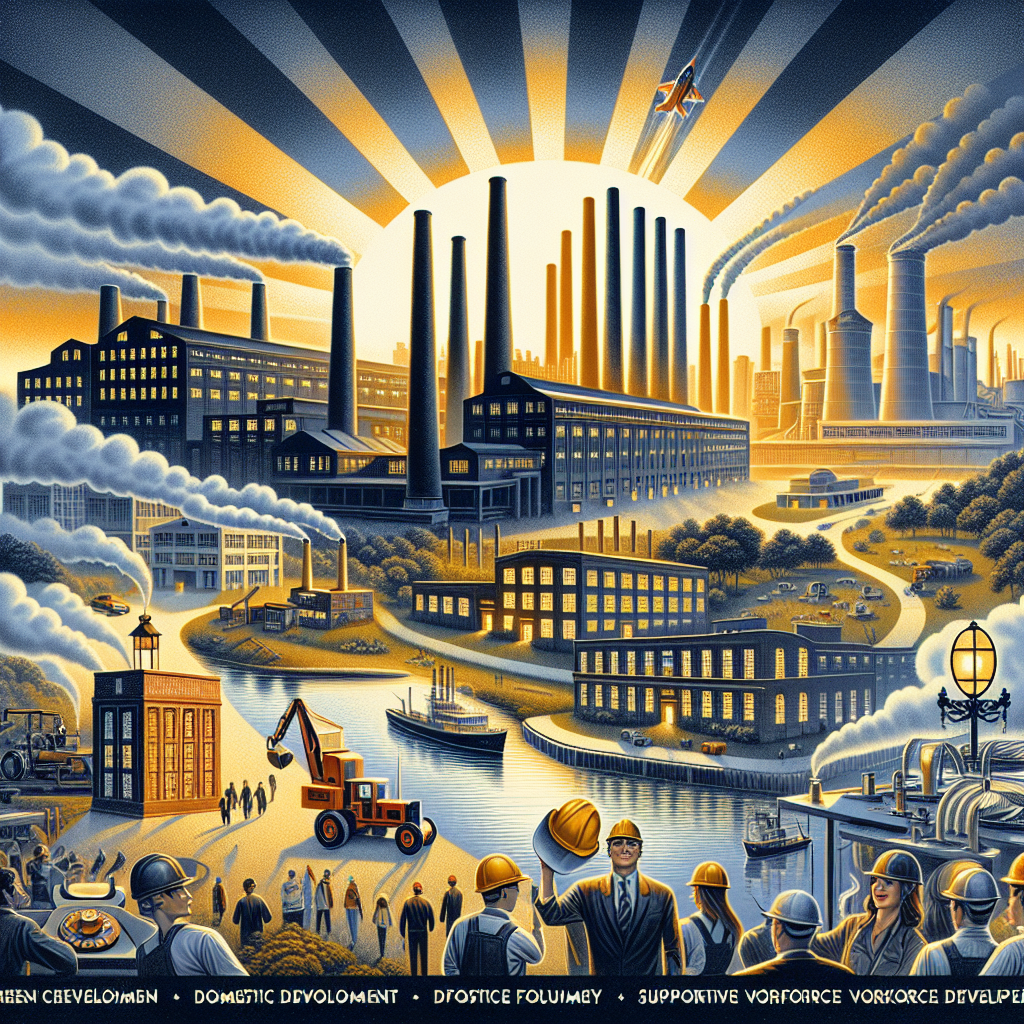Revitalizing American Manufacturing under Trump’s Presidency
Untangling the Red Tape
One of the first orders for President Trump was to make America competitive again and that was accomplished by eliminating the crippling regulations that had strangled creativity and growth in the manufacturing sector. Using his executive privilege, President Trump dismantled the overreaching federal oversight, thereby starting a new chapter in the American industrial revolution.
Economic Patriotism
The President has made it clear that he stands for Economic Patriotism. It’s a term indicating a preference for domestic production and development. He instituted policies favouring American companies thereby redirecting the course of American economics towards a more protectionist orientation. This has boosted domestic manufacturing, a sector where America has always been a world leader.
Trade Policy Reforms
In order to protect American businesses from unfair foreign competition, President Trump initiated and implemented several groundbreaking trade policy reforms. The centerpiece of his approach was to renegotiate trade agreements that did not serve American interests. As a result, the United States-Mexico-Canada Agreement (USMCA) replaced the outdated and inequitable NAFTA – a move that benefitted domestic manufacturers immensely.
Tax Policy Reformation
The Trump administration’s Tax Cuts and Job Act was another big win for manufacturers. By lowering corporate tax rates, smaller companies found they were able to reinvest and expand. This act ignited an industrial expansion that America had not experienced for decades.
Education and Training
The President also understood the impact of a skilled workforce on manufacturing resurgence. Numerous initiatives were undertaken to bridge the skills gap that hinders growth in this sector. By prioritizing vocational education, encouraging apprenticeship programs, and promoting STEM education, the Trump administration provided American manufacturers with a workforce ready to compete on the global stage.
Conclusion
President Trump’s first term was beneficial for the American manufacturing industry. He implemented policies and initiatives that revived an ailing sector, proving his commitment to ‘Making America Great Again’. It’s only fair and necessary to continue his vision so as to not undo all the progress we were able to make.
Remember, the American Dream is on the line. It’s not just about factory jobs; it’s about our national identity, the vitality of our economy, and the future of our children. These are not just political points for debate, but the lifeblood of our nation. As we go about deciding who would be the best to lead, let’s remember who lit the torch for American manufacturing.





